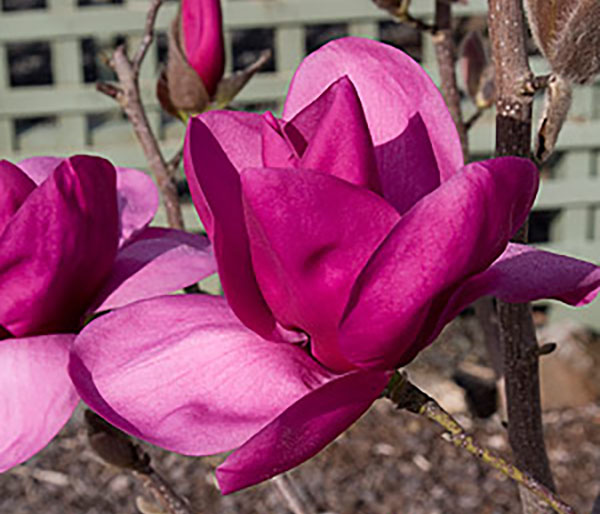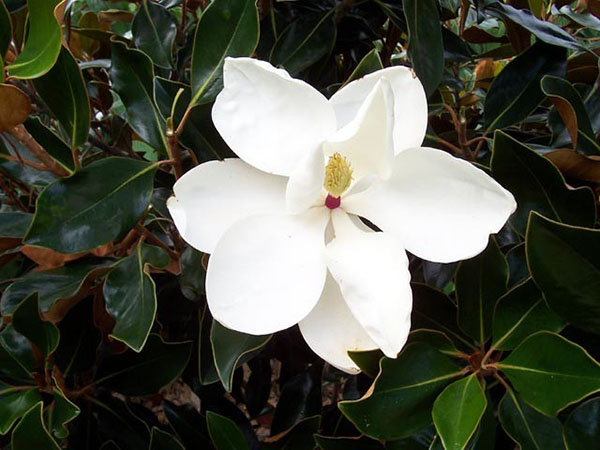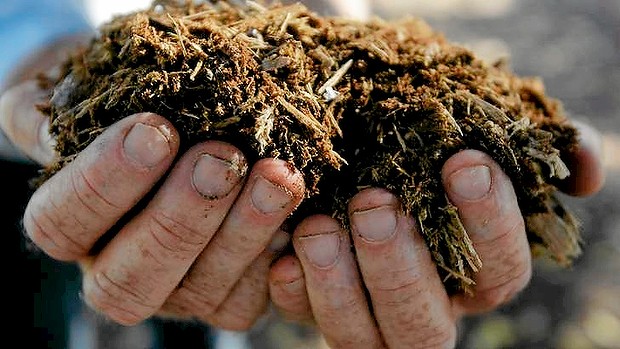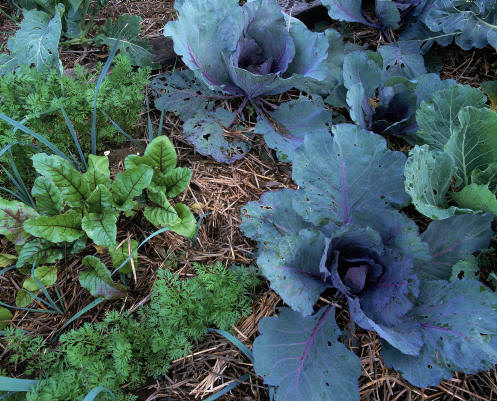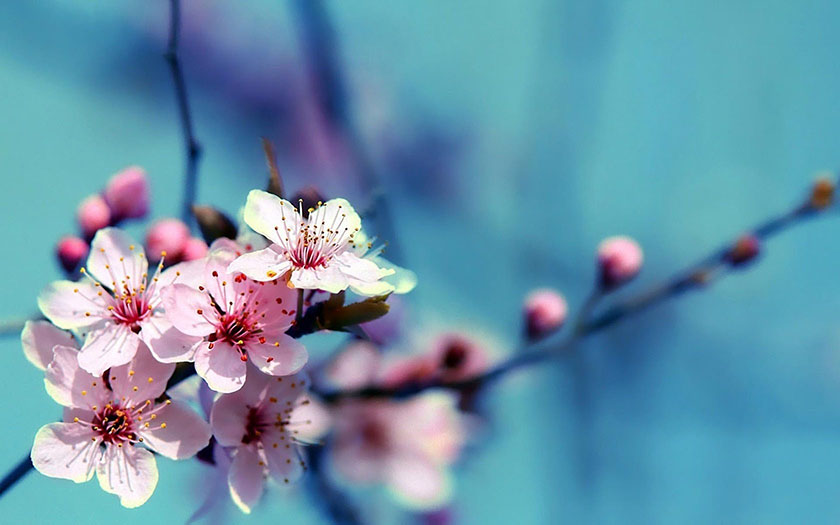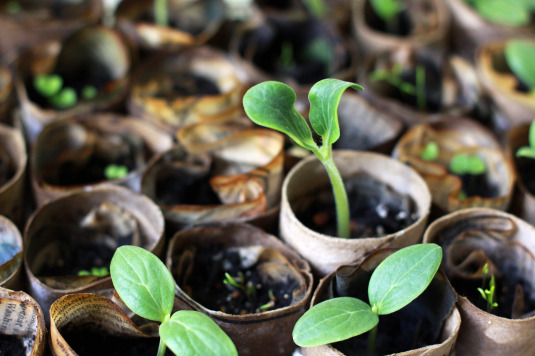 Successfully sowing seeds…
Successfully sowing seeds…
Springtime, is the right time for sowing seeds for your summer vegetable and flower gardens. Purchasing seedlings may save you some time, however seedlings can be problematic and often do not transition well from punnet to garden bed.
The varieties of seeds you have to choose from is enormous so you can have fun experimenting with new and unusual vegies and flowers. It’s a great fun, rewarding family activity.
Here is a list of things you need to get started and a list of tips for a successful seed growing adventure…
Seeds! Check the packet for the sowing season if you are unsure whether you have the right ones.
Seed raising mix – seed raising mix is fine, light and sandy, perfect for developing strong roots.
Vermiculite – Vermiculite is an inorganic mineral material that used in soil mixes for its lightweight, absorbant properties. When raising seeds, vermiculite is mixed over the surface of the soil and seeds in the punnets to protect and retain water.
Punnets or seed cells – if you are recycling old punnets wash them thoroughly with soapy hot water to kill any lingering bacteria. Seed cells are great because there is minimal root disturbance when replanting. Plantable pots are another good option as you can pop them straight in the ground when the time comes.
Labels! Ice-cream sticks and a pencil will do the trick, so you can keep track of what’s what.

Misting hose nozzle or spray bottle for watering – Seedlings require regular, gentle watering and normal watering nozzles and rosettes will knock the soil out of the punnets.
A warm sheltered place to grow – most spring seeds need to be kept warm and moist in order to germinate. If you are serious about your seed raising, perspex seed raising boxes can be purchased however you can improvise; styrofoam boxes with a sheet of glass on top works – any solution that maintains light (not direct sunlight), warmth and humidity. Otherwise, a warm, sheltered spot in the garden will work as long as the punnets are not in direct sunlight, however seeds may take a little longer to emerge.
When you are ready for sowing, follow these basic steps to give your little seeds the best shot…
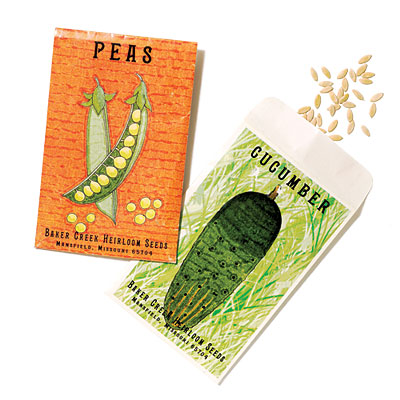
Read the seed packets – this is obvious but very, very helpful. This will also be important information as you formulate your garden design plans for situating your seedlings. Your seed packs will tell you what the best conditions are for each particular plant.
Prepare your punnets – mix soil one part vermiculite to four parts seed raising mix. Fill your punnets and seed cells to the top and tamp down by tapping them on a hard surface. Don’t push the soil into the punnets/cells, as it must remain loose so that the seedling roots can develop. Keep some vermiculite aside to spread over the top of the seeds once you have sown them.
Sow your seeds – there is two ways to approach this step; you can sow the seeds singly so that you can plant them out once they are big enough or you can sow them in multiples and pick out them strongest once they have grown. Sowing them in multiples requires the extra step of thinning and sometimes ‘potting on’ as seeds that are sown to thick can suffer from dampening which is basically rot due to lack of air circulation. It will also depend on the type of plant – leafy greens can be sown thickly as you will consume them in volume and in their entirety, but things like cucumbers, and zucchinis are better in singles because apart from the fact that they are much larger seeds, you will only need a half dozen plants for an average back yard vegetable garden.
How deep you sow the seeds depends on the size of the seeds. Tiny seeds can be cast on the top of the soil but larger seeds need to be covered. The general rule of thumb is the depth you sow them should be 2.5 times the diameter of the seed.
Once you have cast your seeds, cover with a fine layer of vermiculite.
Place your punnets in a warm, sheltered position in the garden and keep moist with regular watering. Punnets should not be allowed to dry out for any length of time.
Once the seedlings emerge, continue watering and feed weekly with a half strength liquid fertilizer.
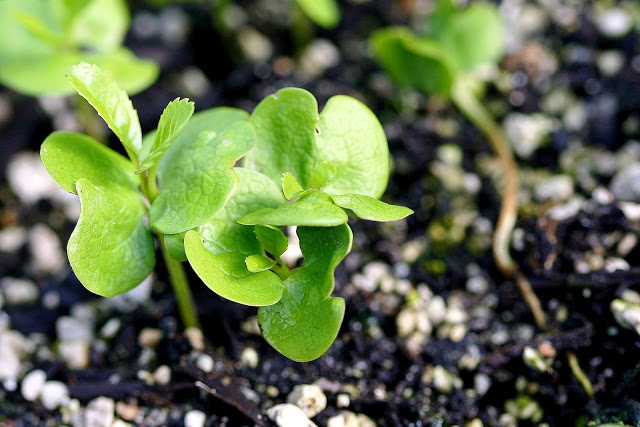
When the seedlings develop their second set of leaves, thin and pot on if necessary. When transplanting seedlings, hold them by their leaves rather than their roots as handling the roots can burn them. Use a ‘dibble’ stick to make a hole in the soil of the new pot deeper than the longest root, ensuring that the roots are never bunched up (this can cause deformities in the developing plant).
Continue as before until the seedlings develop their third set of leaves.
Begin hardening them off. Hardening off refers to the process of moving the seedlings from their ‘nursery’ of sheltered indirect light, to full sun. This must be achieved over at least a four-day period.
When you have hardened them off, you are ready to plant them out into the garden beds you have pre-prepared. Regular watering must continue until seedlings have settled in. Mulching and fertilising are also necessary. Snail pellets are a must, as snails love juicy baby seedlings and can go through an entire crop in one night.
Goodluck!

 There are a couple of great reasons to prune our flowering ornamentals and fruit trees in summer…
There are a couple of great reasons to prune our flowering ornamentals and fruit trees in summer…

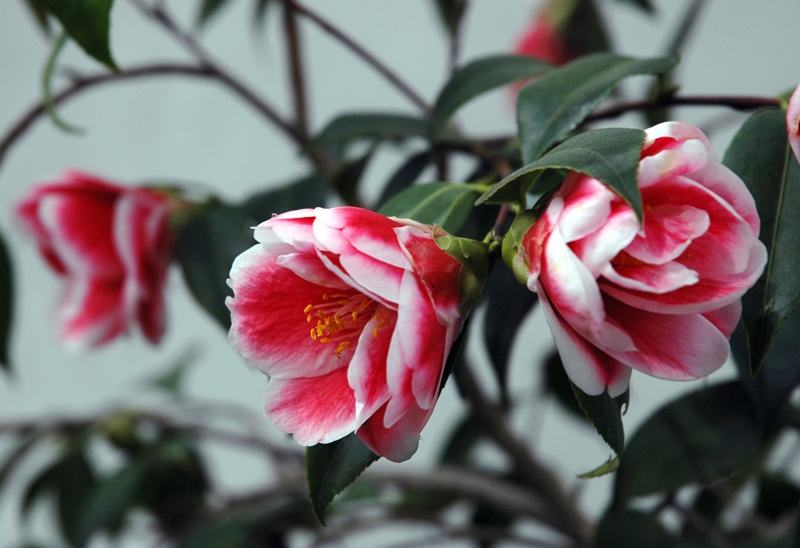
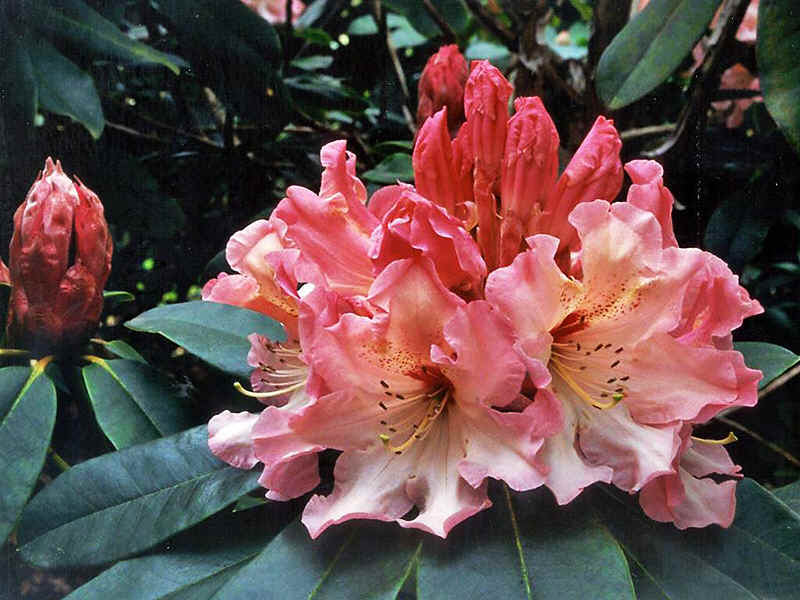
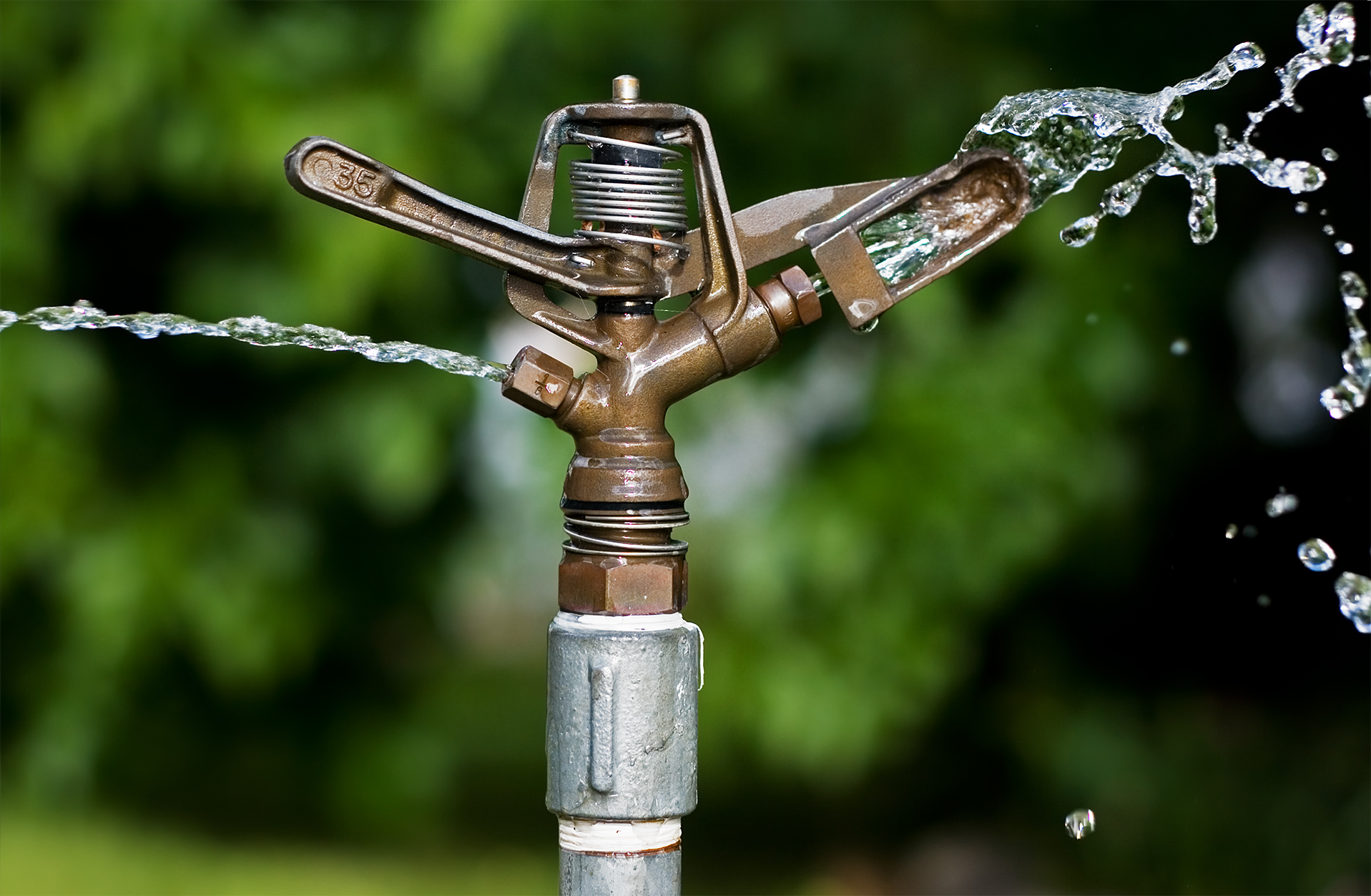
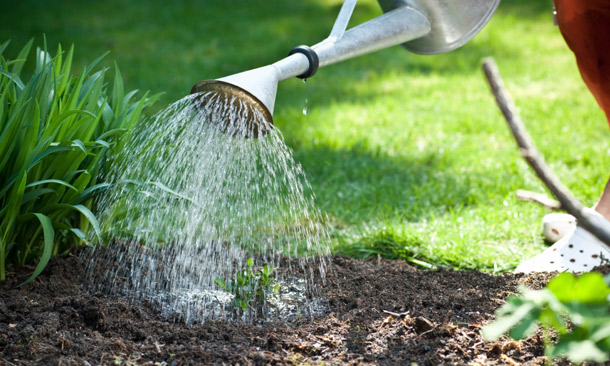







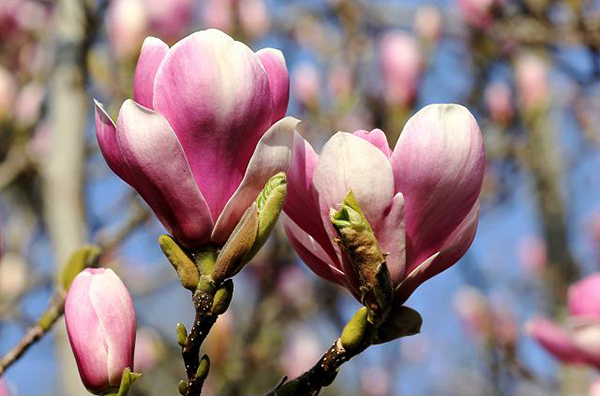
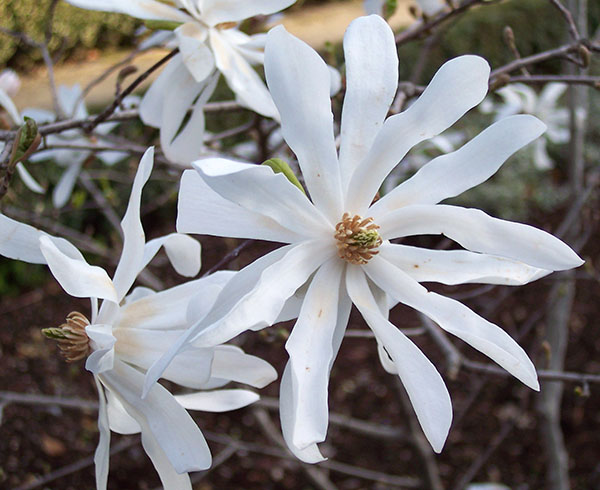
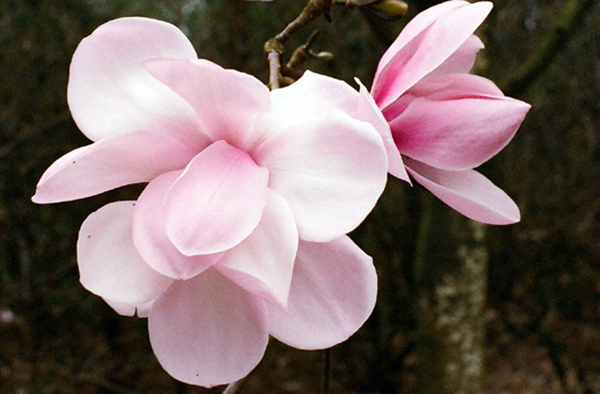



 Magnolia ‘Elizabeth’ 4m X 2.5m; with perfumed primrose yellow fading to cream coloured flowers. It is later flowering than other magnolia varieties blossoming in late spring.
Magnolia ‘Elizabeth’ 4m X 2.5m; with perfumed primrose yellow fading to cream coloured flowers. It is later flowering than other magnolia varieties blossoming in late spring.